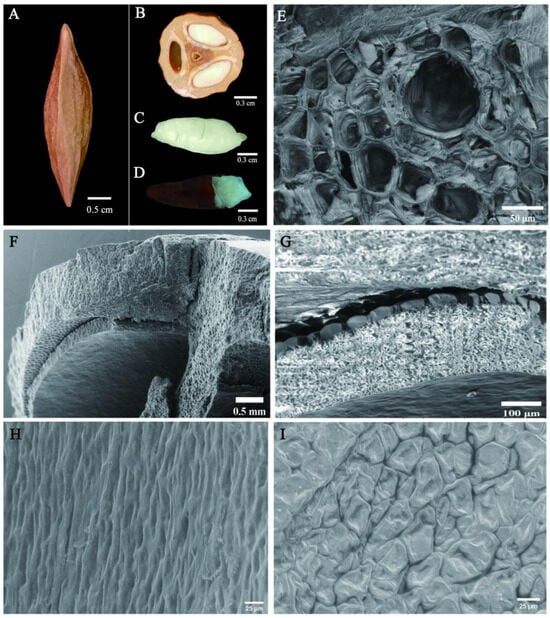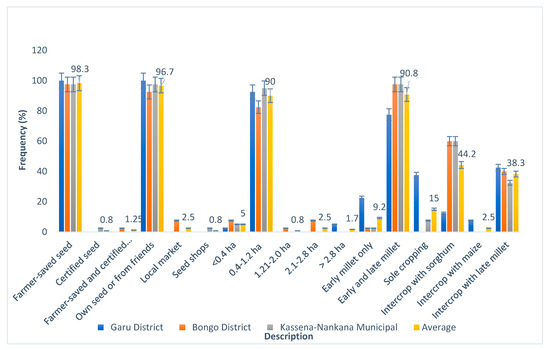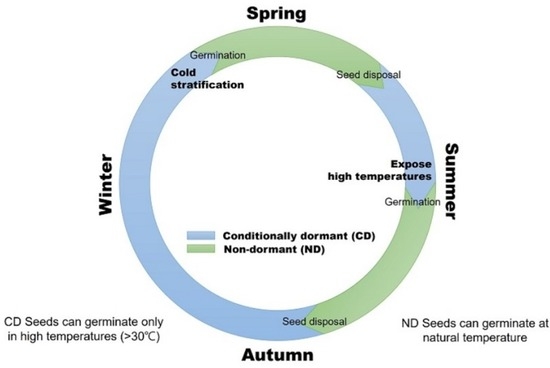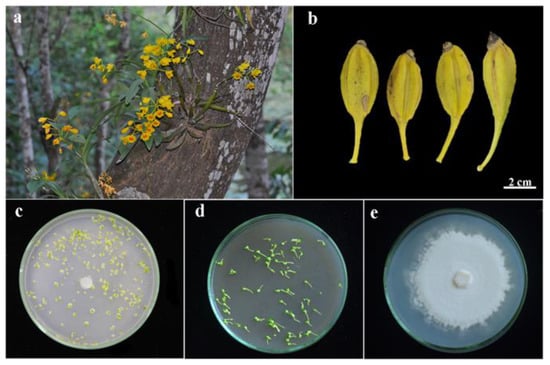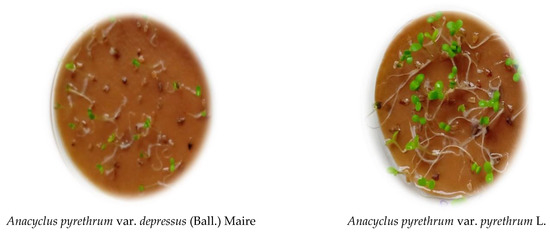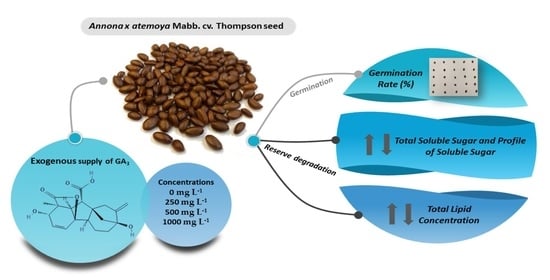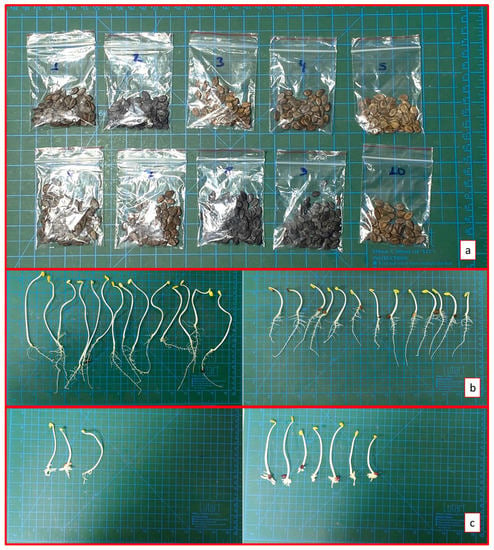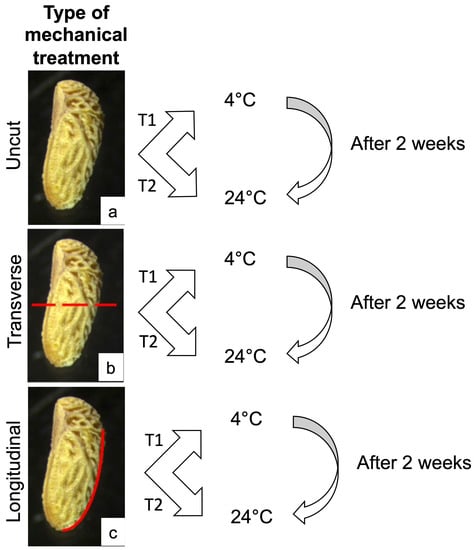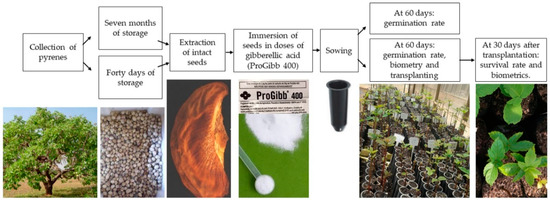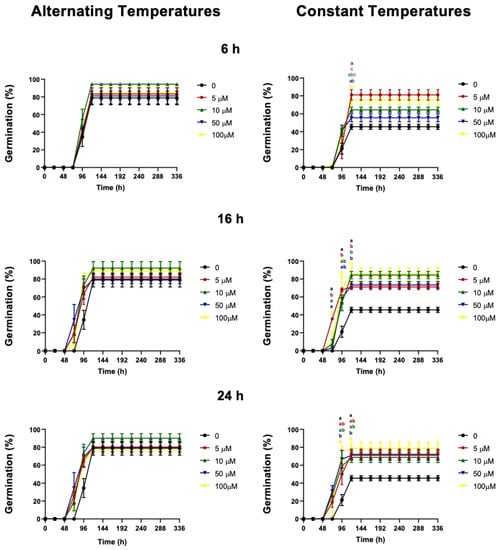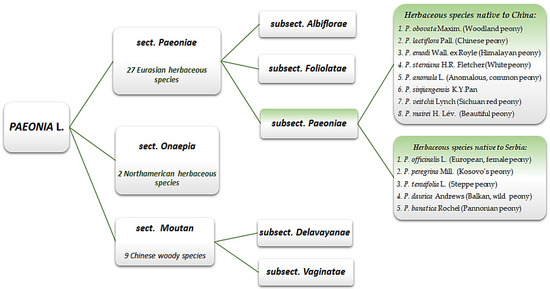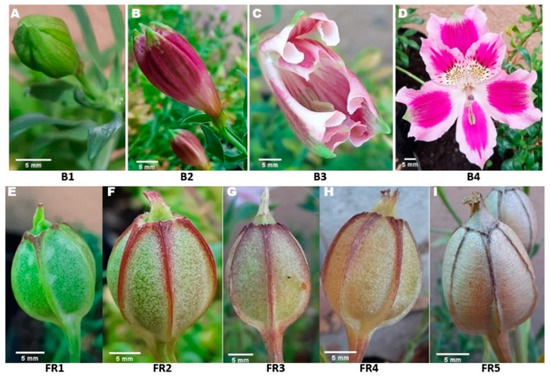Seed Dormancy and Germination of Horticultural Plants
A topical collection in Horticulturae (ISSN 2311-7524). This collection belongs to the section "Propagation and Seeds".
Viewed by 59360Editors
2. Brain Korea 21 Center for Bio-Health Industry, Chungbuk National University, Cheongju 28644, Korea
Interests: seed dormancy; seed priming; resource plant; seed oils; seed quality; germination enhancement; seed extract
Interests: horticulture; fruit crops; post-harvest; fruit ripening
Special Issues, Collections and Topics in MDPI journals
Topical Collection Information
Dear Colleagues,
In horticulture, seeds are still an important propagation material.
For propagation using seeds, germination conditions, the vigor and dormancy of the seeds must be considered.
In addition to the well-known horticultural crops, it is very important to understand the dormancy and germination of seeds for the propagation of plants that can be developed as horticultural crops.
Therefore, in this Topical Collection, seeds of current horticultural crops and seeds of plants with high horticultural development value are targeted.
Of course, techniques to promote germination (seed priming, etc.) are important, but this Topical Collection also focuses on the types of seed dormancy, germination due to dormancy breaking, and methodologies for dormancy breaking.
Through this Topical Collection, it is hoped that the research contents and information will be shared among researchers targeting the aforementioned seeds, and that further mutual joint research will be conducted.
Dr. Ju-Sung Cho
Dr. Sergio Ruffo Roberto
Collection Editors
Manuscript Submission Information
Manuscripts should be submitted online at www.mdpi.com by registering and logging in to this website. Once you are registered, click here to go to the submission form. Manuscripts can be submitted until the deadline. All submissions that pass pre-check are peer-reviewed. Accepted papers will be published continuously in the journal (as soon as accepted) and will be listed together on the collection website. Research articles, review articles as well as short communications are invited. For planned papers, a title and short abstract (about 100 words) can be sent to the Editorial Office for announcement on this website.
Submitted manuscripts should not have been published previously, nor be under consideration for publication elsewhere (except conference proceedings papers). All manuscripts are thoroughly refereed through a single-blind peer-review process. A guide for authors and other relevant information for submission of manuscripts is available on the Instructions for Authors page. Horticulturae is an international peer-reviewed open access monthly journal published by MDPI.
Please visit the Instructions for Authors page before submitting a manuscript. The Article Processing Charge (APC) for publication in this open access journal is 2200 CHF (Swiss Francs). Submitted papers should be well formatted and use good English. Authors may use MDPI's English editing service prior to publication or during author revisions.
Keywords
- seed dormancy type
- seed-dormancy breaking
- plant growth regulator
- seed vigor
- seed pretreatment
- seed quality
- germination conditions








